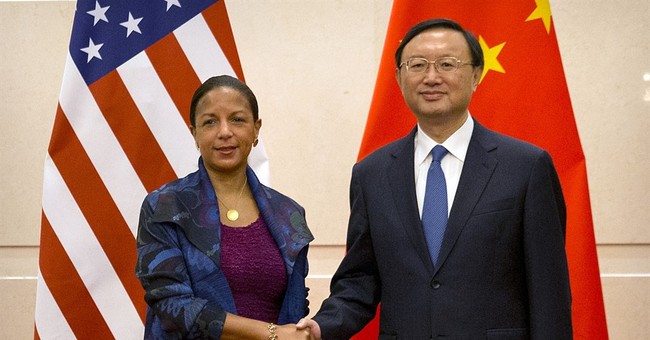
False statements by Susan Rice in her January 20, 2017 “Memorandum to File” potentially expose her to criminal prosecution.
The declassification of the entire Susan Rice “Memorandum to File” dated January 20, 2017, and further “clarifications” given by former Amb. Rice about her role in the January 5, 2017 meeting which is the subject of the Memorandum, raise questions about what Rice wrote that could end up exposing her to criminal investigation and prosecution in ongoing Justice Department probes.
Let us start by stitching together a few factual representations about events reflected in the Memorandum as written by former Amb. Rice.
First, from the text of the Memorandum, we have the following:
“On January 5, following a briefing by IC leadership on Russian hacking during the 2016 Presidential election. President Obama had a follow-on conversation with FBI Director Comey and Deputy Attorney General Sally Yates in the Oval Office. Vice President Biden and I were also present.
Susan Rice puts herself in the room for the “follow-on” briefing, which from the balance of the Memorandum concerned Gen. Flynn, and the intercepts of his conversations with Russian Ambassador Kislyak.
This is at odds with what Sally Yates told the Special Counsel’s Office (SCO) during an interview on August 15, 2017. The Memorandum of this interview is attached to the DOJ motion to dismiss the prosecution of Gen. Flynn, marked as Exh. 4. In that interview Yates told the SCO the following:
Yates first learned of the December 2016 calls between [LTG Michael] Flynn and [Russian Ambassador to the United States, Sergey] Kislyak on January 5 , 2017, while in the Oval Office. Yates, along with then-FBI Director James Comey, then-CIA Director John Brennan, and then Director of National Intelligence James Clapper, were at the White House to brief members of the Obama Administration on the classified Intelligence Community Assessment on Russian Activities in Recent Elections. President Obama was joined by his National Security Advisor, Susan Rice, and others from the National Security Council. After the briefing, Obama dismissed the group but asked Yates and Comey to stay behind.
This sets up the factual inconsistency between the recollections of Rice and Yates about whether Rice was actually in the Oval Office during the conversation about Gen. Flynn as Rice stated in her January 20 Memorandum.
In testimony before the House Intelligence Committee on Nov. 2, 2017, Yates did not discuss the existence of this “follow-on” meeting as Rice called it. She was careful to avoid answering any question which would have disclosed the existence of the discussion about Flynn between Pres. Obama, Dir. Comey and herself. The subject of the Jan. 5 briefing is addressed beginning at p. 78, but the Committee members were unaware of Rice’s memo at that point which disclosed the existence of this “after-meeting.
Next let us turn to a letter sent by former Amb. Rice’s attorney to Senator Chuck Grassley on February 23, 2018, responding to questions he had directed in writing to former Amb. Rice, including some questions about her January 20 Memorandum and the January 5 meeting. The letter to Sen. Grassley included the following:
The memorandum to file drafted by Ambassador Rice memorialized an important national security discussion between President Obama and the FBI Director and the Deputy Attorney General.
Right there Amb. Rice’s attorney preserves with her language the possibility that only 3 people were in the room when the topics referenced in Amb. Rice’s Memorandum were discussed. She excludes from her description any other participants in this discussion, which is consistent with Yates’ interview with the SCO.
President Obama and his national security team were justifiably concerned about potential risks to the Nation’s security from sharing highly classified information about Russia with certain members of the Trump transition team, particularly Lt. Gen. Michael Flynn.
This language allows for the later “parsing” to clarify that the “concerns” were the product of discussions between the “national security” team prior to the meeting, not that other members of the national security team were present at the meeting, although that is the most natural reading of the language used. The way the sentence is phrased, one could easily draw the conclusion that the discussion regarding concerns over Gen. Flynn on Russia issues were expressed/discussed in the meeting by other members of the “national security team” — including former Amb. Rice — when, in fact, the actual discussion of Gen. Flynn only took place in the “follow-on” meeting. The letter never addresses who was present in the follow-on meeting — including whether former Amb. Rice was present — as stated in her Jan. 20, 2017 memo.
The letter goes on:
In light of concerning communications between members of the Trump team and Russian officials, before and after the election, President Obama, on behalf of his national security team, appropriately sought the FBI and the Department of Justice’s guidance on this subject.
Once again, the very precise language employed preserved the ability to clarify that only Pres. Obama was present when Gen. Flynn was discussed, and Dir. Comey and Deputy Attorney General Yates were the only officials to whom he addressed his concerns. So we are back to there being only three people in the meeting — just as Sally Yates recalled when answering questions from the SCO investigators.
In the conversation Ambassador Rice documented, there was no discussion of Christopher Steele….
That strikes me as an odd way to describe a meeting that Amb. Rice was present for, and a conversation that she heard or participated in. It is a “third party” phrasing that you would use in order to preserve the potential to explain “Well, I wasn’t there, but I was documenting the conversation based on the description I was given by people who were in attendance.”
… upon the advice of the White House Counsel’s Office, Ambassador Rice created a permanent record of the discussion. Ambassador Rice memorialized the discussion on January 20, because that was the first opportunity she had to do so,….
Again, focus on how much care was taken with the language to not overtly suggest or imply that former Amb. Rice was actually present when the conversation she had supposedly “memorialized” took place.
Ambassador Rice memorialized the discussion in an email sent to herself during the morning of January 20, 2017. The time stamp reflected on the email is not accurate, as Ambassador Rice departed the White House shortly before noon on January 20.
Here is where she might have inadvertently “mouse-trapped” herself. This memorandum was an official government record if she sent it prior to the end of her term as National Security Advisor. If, in fact, she was not present for the “follow-on” meeting when Gen. Flynn was the subject of the conversation between Pres. Obama, Comey, and Yates, then her statement in the memorandum “Vice President Biden and I were also present” during the follow-on meeting she described, is a “false statement”, and a potential violation of 18 USC Sec. 1001.
The statement is material because she is falsely making herself out as a witness to what was said in a meeting that is relevant to any investigation of how the Flynn matter was started, and the natural tendency of her language is to influence investigators to want to interview her.
This leads to the question “Why would she place herself in the room if she wasn’t really there?” And if she wasn’t there, who was her source for the details of the discussion about Gen. Flynn between Comey and Pres. Obama as reflected in the paragraph just now declassified?
If only three people were in the meeting, one of those three had to be the source of the details that she “memorialized.” There seems to be no chance that it was Yates or Comey, so that leaves only Pres. Obama. So what her Memorandum really reflects is Pres. Obama’s version of what was discussed between himself, Comey and Yates.
Andy McCarthy has posited — convincingly in my view — that the true purpose of the Memorandum written by Rice was to allow Pres. Obama to point the finger of blame at Comey for whatever might happen in the aftermath of the transition into power of the Trump Administration. According to Rice’s Memorandum, Pres. Obama told Comey to do everything “by the book”, and if Comey did not do so then Comey — and only Comey — was to blame.
Did Rice put herself present in the room just so she could avoid setting forth in the Memorandum that the details she memorialized had come from Pres. Obama? Was she playing the “loyal soldier” by creating the impression that Obama’s version of the conversation had at least one supporting witness — herself — rather than have it as a “He said, He said” between Pres. Obama and Jim Comey at some future point in time?
Whichever answer is true, neither is a defense to the crime of violating Section 1001.
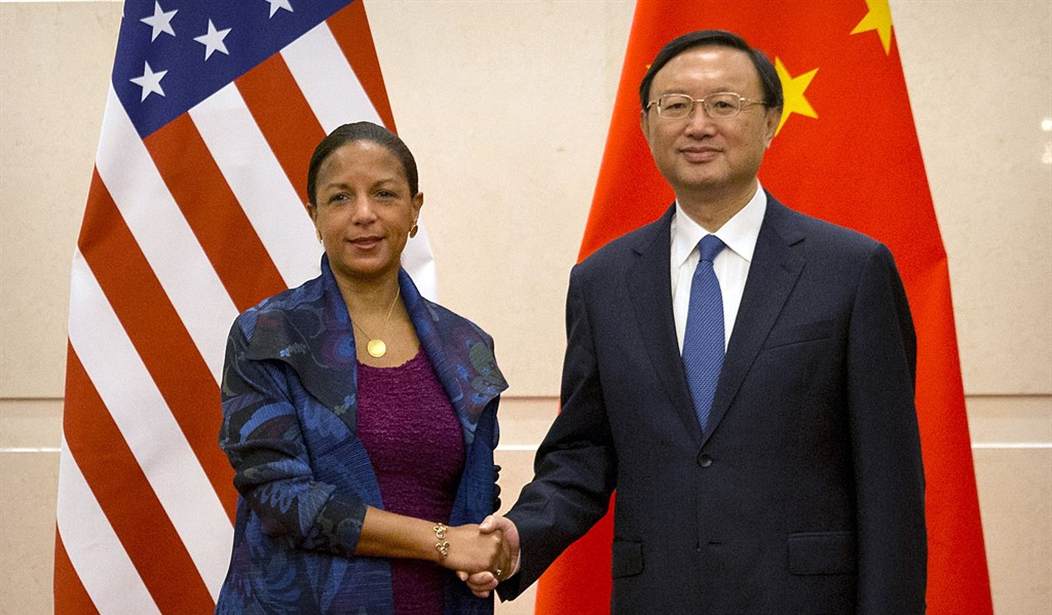



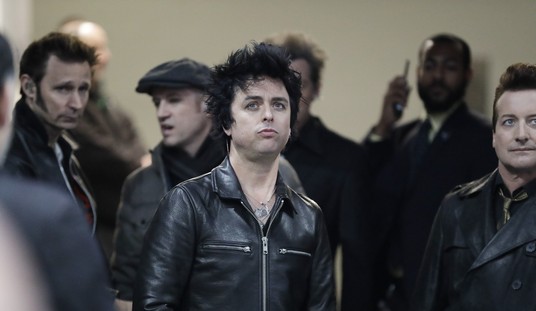


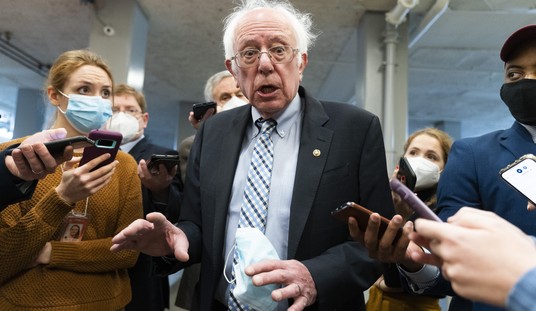


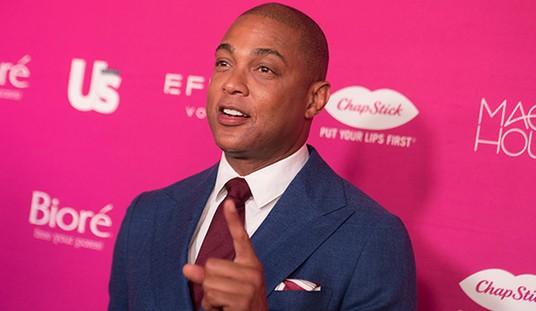

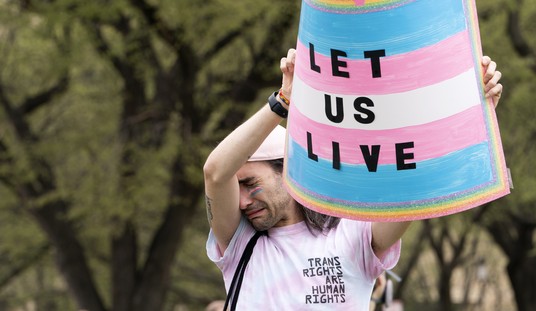

Join the conversation as a VIP Member